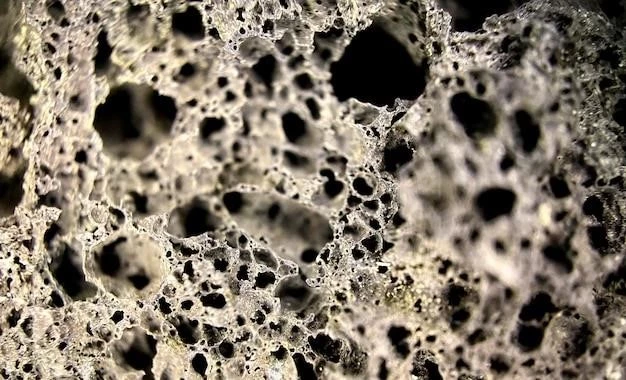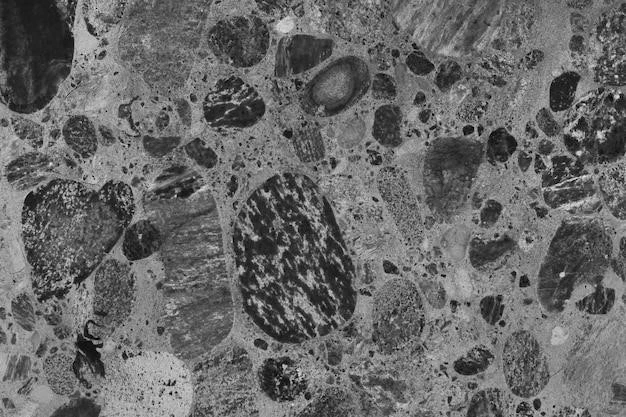Causes of Black Piedra Infection
Symptoms of Black Piedra
Treatment Options for Black Piedra
Preventive Measures for Black Piedra
Difference Between Black Piedra and White Piedra
Causes of Black Piedra Infection
Black Piedra is caused by a fungus called Piedraia hortae. The infection occurs when the hair shaft is invaded by the fungus, leading to the formation of nodules. Factors like humidity, poor hygiene, and the use of shared combs or towels can contribute to the spread of the infection. Individuals with oily hair are more prone to developing Black Piedra. The fungus thrives in warm and tropical climates, making it more prevalent in certain regions. Understanding the causes of Black Piedra infection is crucial for effective prevention and treatment strategies.
Symptoms of Black Piedra
The symptoms of Black Piedra include the formation of firm, black nodules along the infected hair shafts. These nodules are usually painless but can lead to hair breakage if left untreated. Infected hair may become brittle and easily break. Itching and scalp irritation are common. In some cases, a foul odor may be present. Recognizing these symptoms is essential for early diagnosis and prompt treatment of Black Piedra.
Treatment Options for Black Piedra
Treatment for Black Piedra typically involves antifungal medications to eliminate the fungus causing the infection. These may include topical antifungal creams or shampoos. In more severe cases, oral antifungal medications may be prescribed by a healthcare professional. Infected hair shafts can be trimmed to remove nodules. Additionally, maintaining good hygiene practices, such as washing hair regularly and using separate combs and towels, is crucial for preventing the spread and recurrence of Black Piedra.
Preventive Measures for Black Piedra
Preventing Black Piedra involves maintaining good personal hygiene practices. This includes washing hair regularly with an antifungal shampoo, especially in humid environments. Avoid sharing hair accessories, combs, or towels with others to reduce the risk of transmission. Keeping hair clean, dry, and well-groomed can help prevent the growth of the fungus that causes Black Piedra. Regularly inspecting the scalp and hair for any unusual nodules can aid in early detection and treatment.
Difference Between Black Piedra and White Piedra
Black Piedra and White Piedra are both fungal infections of the hair, but they differ in the type of fungus that causes them and their appearance. Black Piedra is caused by the fungus Piedraia hortae and presents as firm, black nodules on the hair shaft. White Piedra, on the other hand, is caused by the fungus Trichosporon and appears as soft, white-to-tan nodules on the hair. Treatment approaches for each type of infection vary, so accurate diagnosis by a healthcare professional is crucial.

Exploring Black Piedra Infection Further
Black Piedra⁚ A Rare Fungal Infection
Black Piedra⁚ Diagnosis and Management
Black Piedra in Tropical Regions
Black Piedra⁚ A Rare Fungal Infection
Black Piedra is a rare fungal infection that affects the hair shafts, causing the formation of black nodules. The infection is more common in tropical regions where warm, humid conditions promote fungal growth. Recognizing the rarity of Black Piedra is important for ensuring accurate diagnosis and appropriate treatment. Understanding the characteristics and risk factors associated with this fungal infection can help healthcare professionals effectively manage cases of Black Piedra.
Black Piedra⁚ Diagnosis and Management
Diagnosing Black Piedra involves a physical examination of the affected hair shafts to identify characteristic black nodules. Microscopic examination of the nodules may reveal the presence of the fungus Piedraia hortae. Treatment typically consists of antifungal medications, such as topical creams or shampoos, to eliminate the fungus. In severe cases, oral antifungal medications may be prescribed. Proper management of Black Piedra includes maintaining good hygiene practices and avoiding shared hair accessories to prevent re-infection.
Black Piedra in Tropical Regions
Black Piedra thrives in tropical regions due to the warm and humid climate that provides optimal conditions for fungal growth. Countries near the equator and with high humidity levels are more prone to Black Piedra outbreaks. Individuals living in tropical regions should be aware of the risk factors associated with this fungal infection and take preventive measures such as maintaining good hygiene, using antifungal hair products, and avoiding sharing personal items to reduce the spread of the infection.
